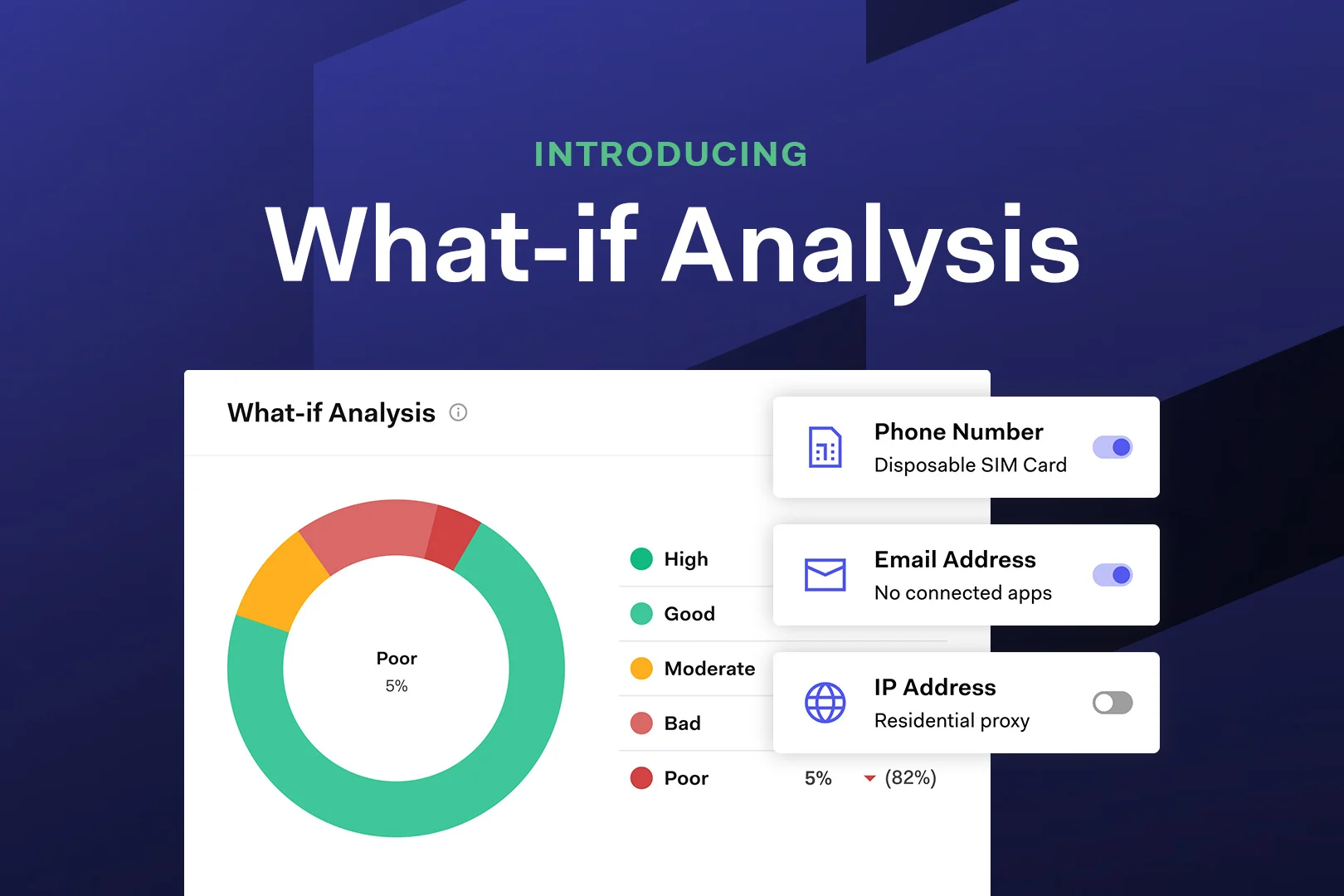August 2024 Update
August's Product Updates 🏖️: Introducing 'What-if Analysis' on the Cloud Platform. This powerful tool allows you to simulate the impact of changes to your risk models before going live, helping you fine-tune fraud prevention strategies, optimize approval rates, and backtest risk model adjustments using historical data—all without risking real-time business decisions.
CLOUD PLATFORM: What if analysis

Striking the right balance between stopping fraud attempts and minimizing false positives is a challenge every company faces. No business wants to be vulnerable to fraud, but rejecting too many legitimate customers, logins, or transactions due to false positives can also cost valuable revenue.
Trustfull’s rule engine, released earlier this year, enables teams to create personalized risk-scoring rules in seconds, without having to write a single line of code. This helps companies tailor their scoring methodology to their industry’s and business’s specific goals.
Now, we’ve enhanced our rule engine with a new feature that takes fraud prevention one step further: What-if Analysis.
What-if Analysis allows users to simulate the impact of changes to their existing risk models—before they’re implemented live.
What-if Analysis, explained
Within the What-if Analysis section, historic risk scoring data is used to instantly show how changing certain rules would have affected the same users’ risk scores—whether it means catching more fraudsters or improving the approval rate for genuine account holders who want to use your services.
This feature is more than just a simulation; it’s a strategic resource that lets businesses test and refine their fraud prevention strategies without the risk of affecting live sign-ups, logins or transactions, and as such potential revenue. The ability to backtest and predict the distribution of risk clusters ensures that companies can confidently adjust their models, aligning them more closely with their risk appetite and operational goals.

Key applications and benefits
Risk model backtesting
The primary benefit of the What-if Analysis feature is the ability to finetune existing risk models. By leveraging historical data from previous customers, businesses can simulate changes to their custom risk models and observe the potential impact on risk scores. This allows them to evaluate how different configurations would have classified customers across risk categories—such as bad, poor, moderate, and good. The ability to predict these outcomes provides a clear understanding of how small adjustments in the model’s parameters could have altered past decisions, helping businesses refine their strategies before implementing them in a live environment.
Optimizing approval rates
A crucial advantage of the What-if Analysis feature is its role in optimizing fraud prevention strategies. By simulating various scenarios, companies can strike the right balance between blocking fraudulent activities and maintaining a healthy approval rate for authentic customers. This feature allows businesses to test assumptions about specific risk and trust signals without the pressure of real-time decision-making. For example, if a particular rule is too stringent, it might lead to the rejection of too many valid customers. With our What-if Analysis, companies can experiment with these rules and find the optimal settings that align with their risk appetite, ensuring that they are neither too lenient nor overly restrictive.

📚 Resources
- PHONE API Documentation - Information and guidelines on how to implement our phone API.
- Support Center - Assistance and answers from the Trustfull support team.
- EMAIL API Documentation - Detailed information and guidelines on the latest PHONE API feature